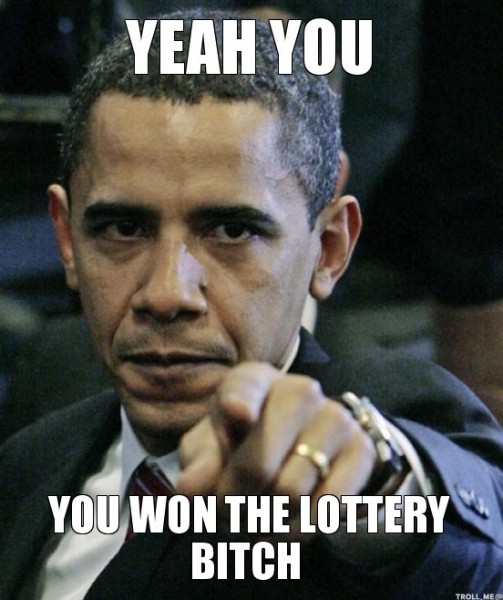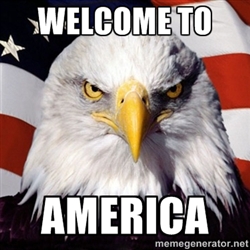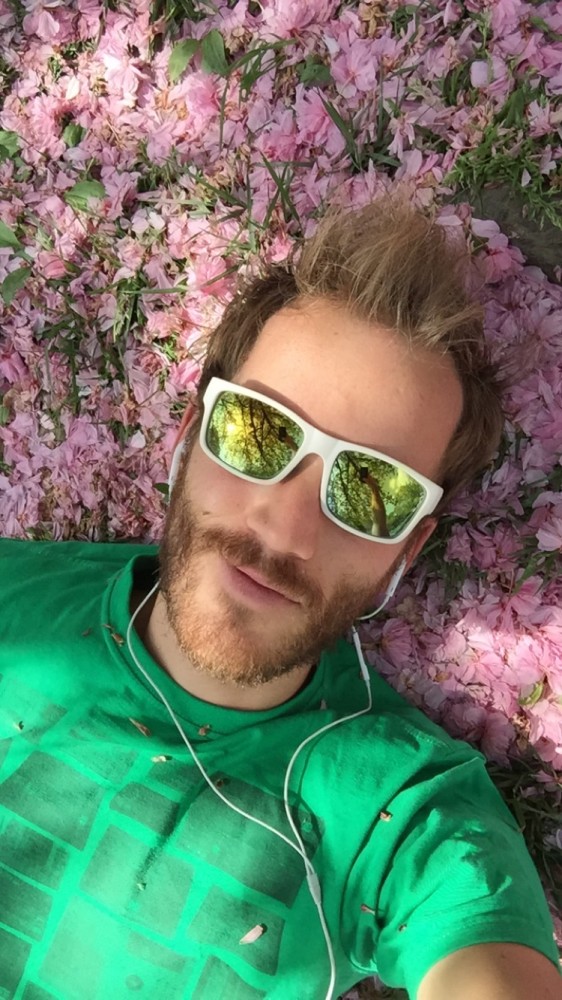When I tell people I won the green card lottery, they all give me the exact same shocked expression and exclaim “HOW!?”
Well, the answer is that it was easy. It took me about five minutes to enter. It didn’t cost me a cent until the visa was confirmed.
And it changed my life.
The flashing banner ads you see online telling you you’ve won are scams, but the green card lottery does actually exist – and I’m proof that people do win it. Its real name is the Diversity Visa, and it’s the only way foreigners who don’t meet the stringent requirements for other kinds of visas can live and work in the USA.
Here’s how to enter:
- Be born in an eligible country (sadly, citizenship doesn’t help you – it’s all based on country of birth. Here’s a list of the latest ineligible countries). Note: your odds are determined by the continent you were born in – people born in Oceania have by far the best chance of winning (about 1-in-7 last time I crunched the numbers, although another friend calculated it lower than this).
- Wait until October (entries are only open for one month per year – set a reminder in your phone if it’s not October when you read this).
- Take a photo that meets all the requirements listed here.
- Go to https://www.dvlottery.state.gov/ and spend about five minutes submitting your entry (if you’re married, make sure your spouse enters too – that doubles your chances!)
- And you’re done! It truly takes minutes.
And now the waiting begins. The results won’t be drawn for over six months, and they won’t email you if you win – you have to remember to check the website. I recommend you email yourself your confirmation number and a link to this article, so you can find them both when you need them later, and then set a reminder on your phone to check the website in May.
What happens next?
- From early May, you’ll be able to check your results on the same website where you entered.
- Most people will read “sorry, better luck next time”. And then they have to wait until October to do it all over again (that’s what happened to me the first time too). But, the lucky few will read “you’ve been selected for further processing“, which is a euphemism for…

What happens after you’re selected?
- A welcome letter will appear on your screen, which includes your case number. It’s a year, then a few letters, a bunch of zeroes, and some numbers. Those numbers at the end are your rank; they tell you how far down the list you are. Number 1 will get an interview in October; a year after you entered, and then they’ll continue down the list from there.
- Your welcome letter will include a link to a site with some information. There are some forms you need to fill out and mail to the visa processing center in Kentucky. You need to have a friend with a US mailing address.
- Sign up for the monthly Visa Bulletin to find out what number they’re up to. The signup process is a little weird: you have to email listserv@calist.state.gov and in the message body type: “Subscribe Visa-Bulletin”.
- And then, you wait until they get to your number. My number was 1211, and I had to wait until the following July – 14 months after I found out I won, and nearly two years after I entered.
Because you’ve signed up for the Visa Bulletin in May, they’ll still be processing last year’s entries. This is handy because it means you can see how fast they get through the numbers – helping you to predict when they’ll get to you next year.
Being selected for further processing doesn’t quiiite guarantee you a visa, but it’s pretty close. If you’re a high school graduate with no criminal convictions or notable health issues you are almost certain to be approved; provided you’re meticulous with your paperwork. Some extremely unlucky people will miss out because their visa wasn’t issued before the end of processing (Sep 30; two years after entering). This is rare but can happen. Checking what number they got to last year in your Visa Bulletin emails will help you determine whether your number has any risk of this.
And then what?
- When they finally get to your number, they’ll mail you a huge pile of paperwork, and the date of your interview. My letter arrived in mid-May and gave me an interview date in early July (which was later pushed back by a few weeks – good thing I didn’t have to fly into Auckland for my interview like many people – Auckland is the only consulate in New Zealand).
- You’ll have to pull together all kinds of supporting evidence, including criminal reports from any country you’ve ever lived in, and book in a series of medical tests and immunisations that takes hours and cost me about NZ$370. It’s time-consuming but doable and obviously worth it.
- You turn up to your local US Consulate on the day of your interview and pay a US$330 consular fee in cash.
- You wait in a sterile waiting room and then get called up to a counter with a glass divider like a bank teller. They’ve already reviewed all your paperwork and your medical tests. My processing officer was friendly and her questions were purely logistical – “when do you plan to move over?” “where will you live?” “what kind of work will you be doing?”. This is not the kind of interview where they give you the third degree and try to trip you up. She just wanted to make sure I had some sort of plan, clarify a few of the details I’d written in my application that weren’t entirely clear to her, and that was that.
- She took my passport and told me they would courier it back to me in a week. Which is a euphemism for…

Is that all?
- Nearly. Guess what: more paperwork. You’ll be given forms to apply for a social security number and you have to go online pay one last fee – about US$155 to USCIS (United States Citizenship and Immigration Services). That means the total cost of your green card is under $1,000, including the medical part – and you never needed a lawyer. This is basically the immigration equivalent of being born into the Hilton family – you have a much easier ride than everyone else.
- When you collect your passport, with the shiny new US visa in it, they’ll also hand you a sealed package to give to the immigration officer when you cross the border.
- You can now finally book flights and leave! You have to enter the country within six months of the date of your medical checks, but they’re pretty good about it if you’re not quite ready to leave permanently. You can book a short trip anywhere in America before the deadline and then move properly later (I was worried this could be an issue but neither the consulate nor the arrivals officer batted an eyelid when I explained I was only on a short visit and wouldn’t be moving permanently for several months).
- 1-3 months after you arrive, your friend with a US mailing address will receive your social security number and actual green card, so make sure they tell you if they change address (you can advise the consulate to make sure they don’t send it to the wrong place). If you’re really unlucky, it’ll get lost in the mail and you’ll have your first taste of American bureaucracy.
There are a lot of hoops, so by this point, you couldn’t be more ready to begin your new life in the USA.
Look me up if you end up in New York!

It was cherry blossom week in Central Park and I was a very happy camper.
One last thing: this is all accurate to my own experience going through the process but no doubt some things will change year by year, or application by application. Let me know if you have a different experience from anything I’ve described and I’ll update this post to help others.



Whenever i read this post,i am so much encouraged.I am eagerly waiting for diversity lottery results.
I’ve been applying for this every year for more than 10 years and I’m still not been selected.
I’m from Afghanistan which is eligible country and I’m a university graduate.
Please guide me!
Thanks for sharing your experience! This was really helpful 🙂
Please when do starts, keep us informed.
Please when this year’s registration starts, pls keep us informed.
i wrote wrong address in the dv lottery October application,if i am selected can i write a different one in the DS-260 application paper work?
I kindly want a green card to USA
I really need to win this please I need your help